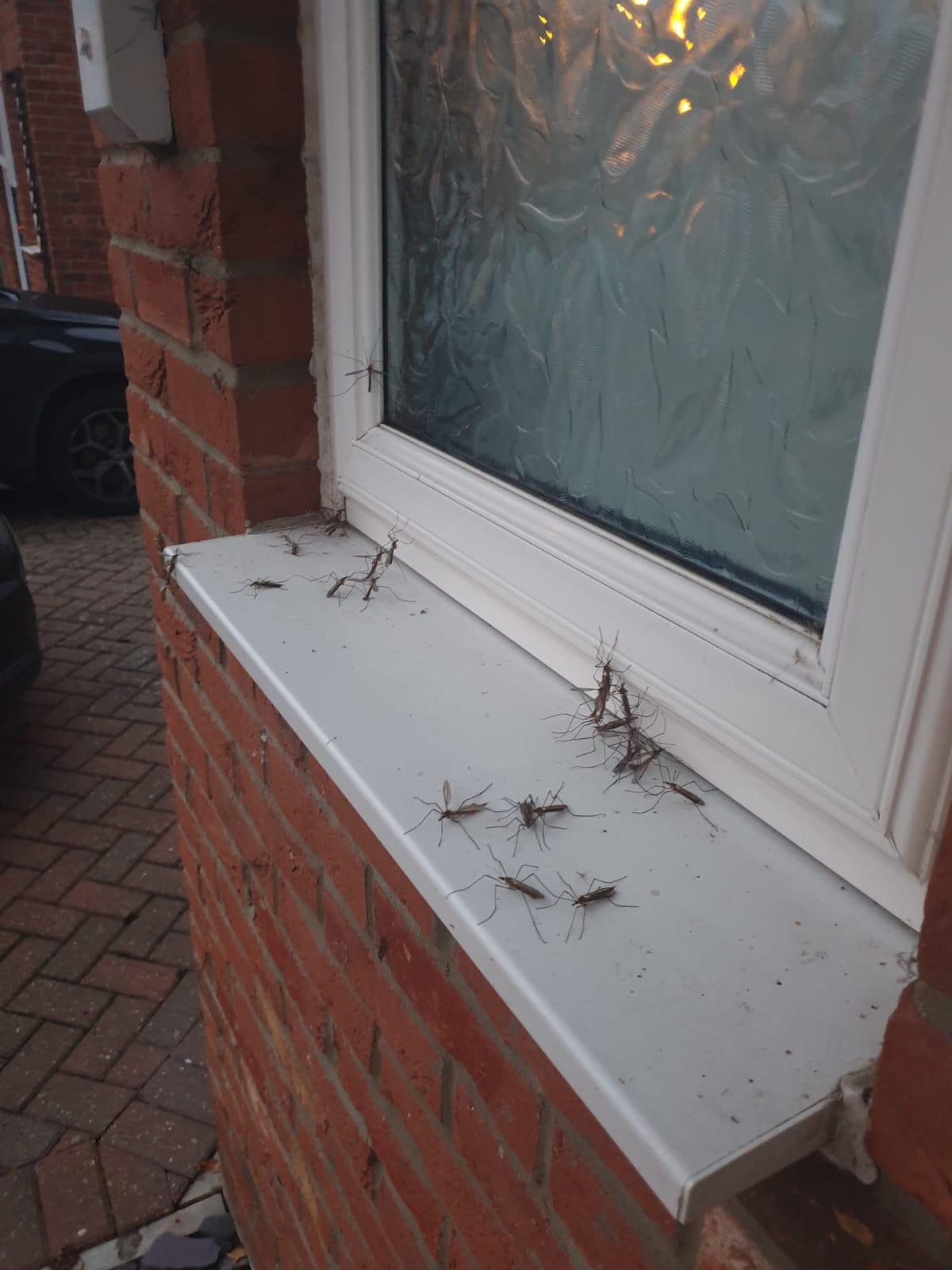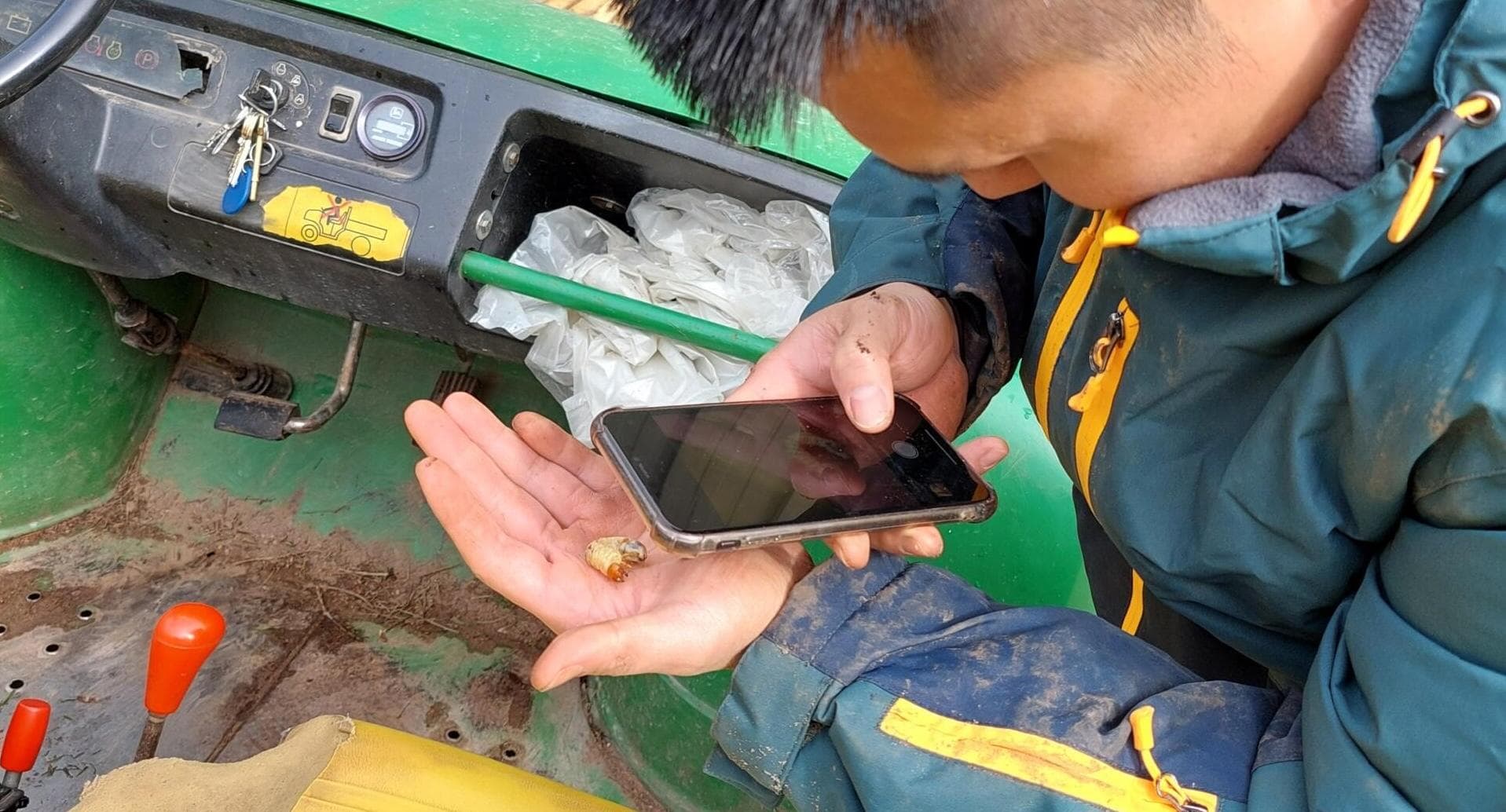This time last year we were about to see the peak of Cranefly hatching. It'll be interesting to see if that repeats itself again this year or if we are already there.
Keep logging at PestTracker so we can get a clear picture.
Either way this is the period to apply Acelepryn. Assuming you've seen them hatching then go for it, this next couple of weeks is the optimum window for application.


If you still haven't seen any but suspect you're in that window try this....
Leave a toilet light on and open the window. They seem to predominantly fly at night and are attracted to light. Leaving a light on seems to attract them. There is a great opportunity to make a monitoring trap here to help with timings and species ID'ing.
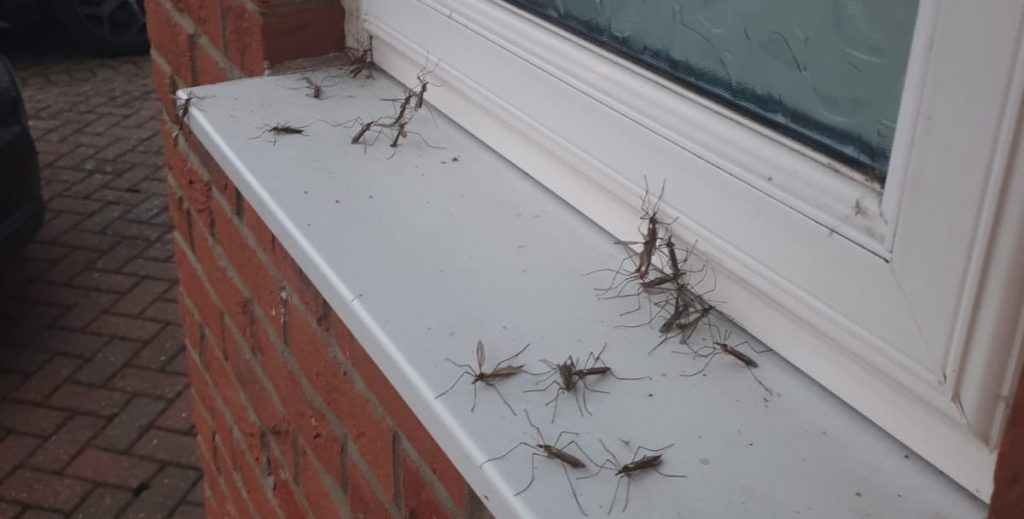
Utilising this technique, what I have found interesting is the species that I'm seeing hatch? I've also discovered that Mrs K and my kids are not fans of craneflys in the downstairs toilet!!!
After an interesting call with Dr Ben McGraw of Penn State last week I suspect we see two species hatch over this period and the sightings I've seen (which are admittedly limited) have been all Paludosa.

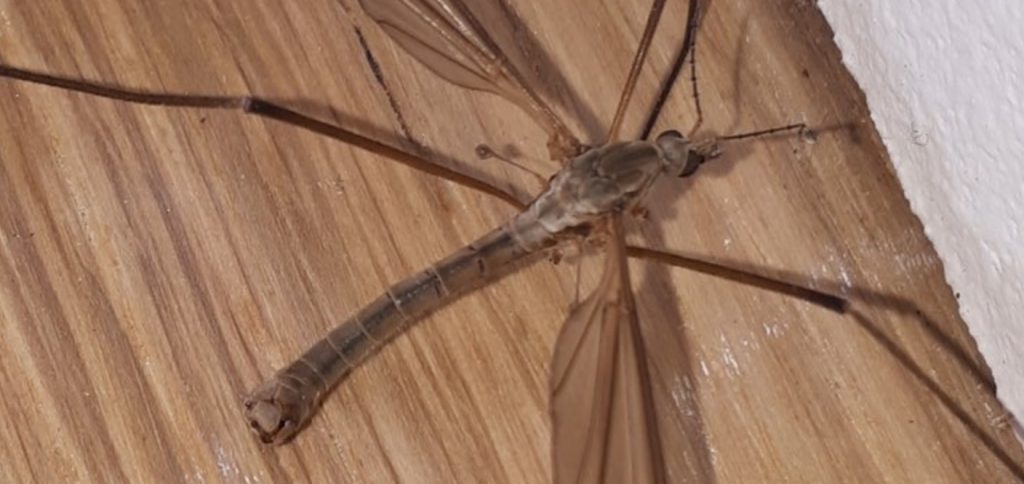
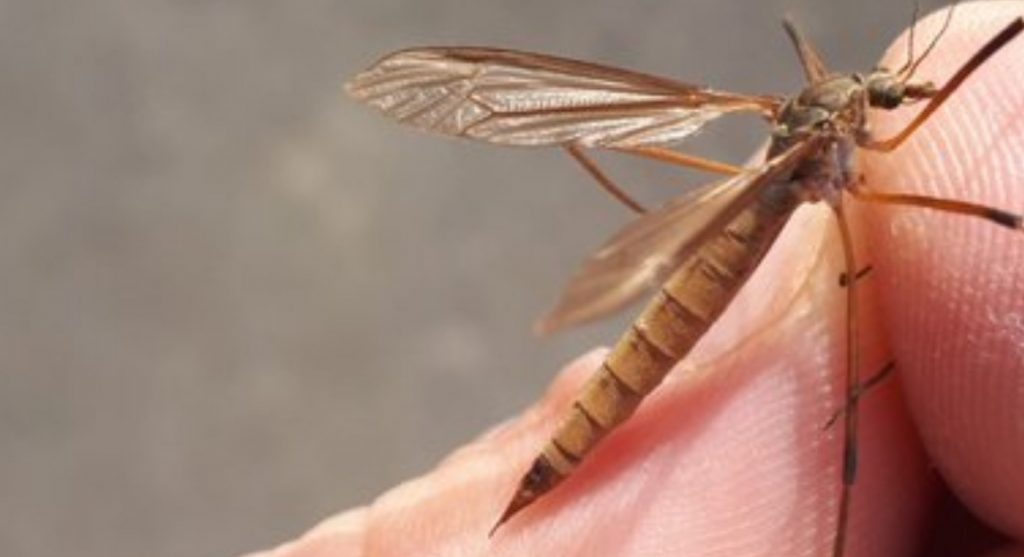
I haven't seen enough of these around the country, however I haven't seen one Oleracea yet. To ID these we need females and the wings will be longer than the body.
Why is this important?
If we can understand the life cycles of these two species, we have a much better chance of targeting them effectively and understanding what level of control we can expect.
That's for the future - As we stand now
We are in the Acelepryn window and it feels like the extra work put into gaining a later Emergency Authorisation was a worthwhile effort. The challenges of applying one product to completely control two species that have different lifecycles, are mobile and do damage 6 months after being laid are tough.
A better understanding and more research will continue to help us get more out of the product.
